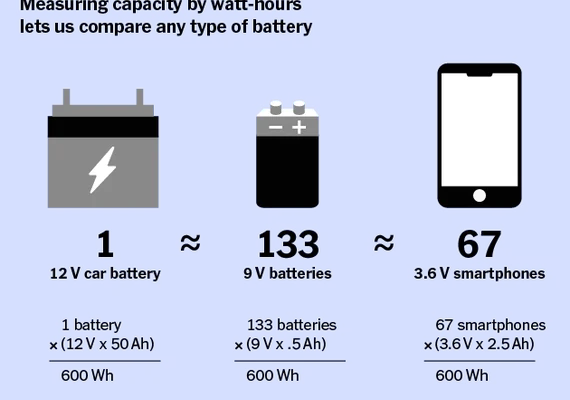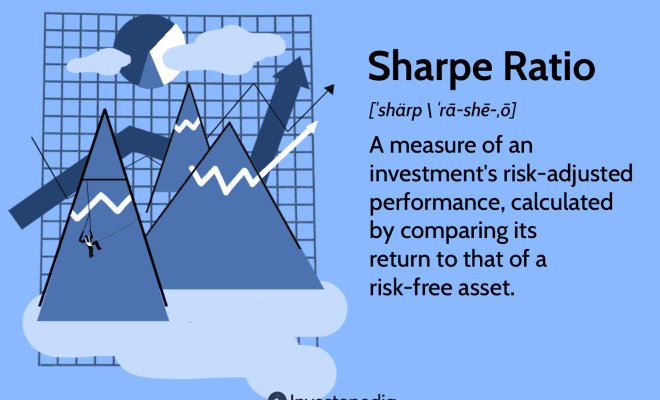How to calculate watts per hour

In today’s society, understanding how to calculate watts per hour is essential for ensuring the efficient use of energy. Whether you’re trying to save on electricity bills or want insights into your equipment’s power requirements, having a solid understanding of wattage calculations can be invaluable. In this article, we will discuss the simple steps required to calculate watts per hour.
Wattage Basics:
Watts are a measurement of electrical power and represent the rate at which energy is used or generated. More explicitly, one watt is equal to one joule of energy consumed per second. The term “watt-hour” (Wh) denotes the amount of electrical energy spent over a given period measured in hours.
Essential Terminology:
1. Watts (W): A unit of electricity used to measure power.
2. Voltage (V): The difference in electrical potential between two points in a circuit.
3. Current (Ampere, A): The flow of charge through an electrical circuit.
4. Watt-hours (Wh): Measurement for calculating the amount of energy used over time.
Step by Step Guide to Calculate Watts per Hour:
Step 1: Identify device specifications
To begin, find the device’s wattage rating by checking its label or manufacturer’s documentation. Often, this information is listed as watts (W) or a combination of voltage (V) and amperes (A).
Step 2: Calculate Watts
If you have only voltage and amperes data, you can calculate watts by using the formula:
Watts = Voltage × Amperes
For instance, if you have a device rated at 12V and 5A, its watts would be:
Watts = 12V × 5A = 60W
Step 3: Calculate Watt-hours
You now need to determine the amount of time for which the device will be operating. Use the following formula to calculate the watt-hours:
Watt-hours = Watts × Hours
Suppose you want to operate the device we calculated above (60W) for 3 hours:
Watt-hours = 60W × 3h = 180Wh
Therefore, the device will consume 180 watt-hours of electricity when used for three hours.
Using these simple calculations, you can effectively determine your appliances’ power requirements and monitor your energy usage. Understanding how to calculate watts per hour helps in evaluating energy efficiency, managing costs, and making informed choices about electronic devices and appliances.






